Unlocking Creativity Through Open-Ended Play at Home
11 February 2025
In a world brimming with technology and structured activities, it’s easy to forget the beauty of simplicity. Sometimes, the best way to nurture our children's growing minds isn't through elaborate toys that flash and beep, but rather, through open-ended play that fosters imagination, problem-solving, and creativity.
You’ve heard the phrase “kids need to be bored to be creative,” right? Well, open-ended play is the antidote to boredom, giving children the tools they need to break free from limitations and dive headfirst into their vivid imaginations. This might sound like a fancy new concept but, guess what? It’s how kids have been playing for centuries—before the toy aisles were filled with gadgets and plastic!
So, what exactly is open-ended play? And why is it so important for fostering creativity in children? Let’s take a deep dive.
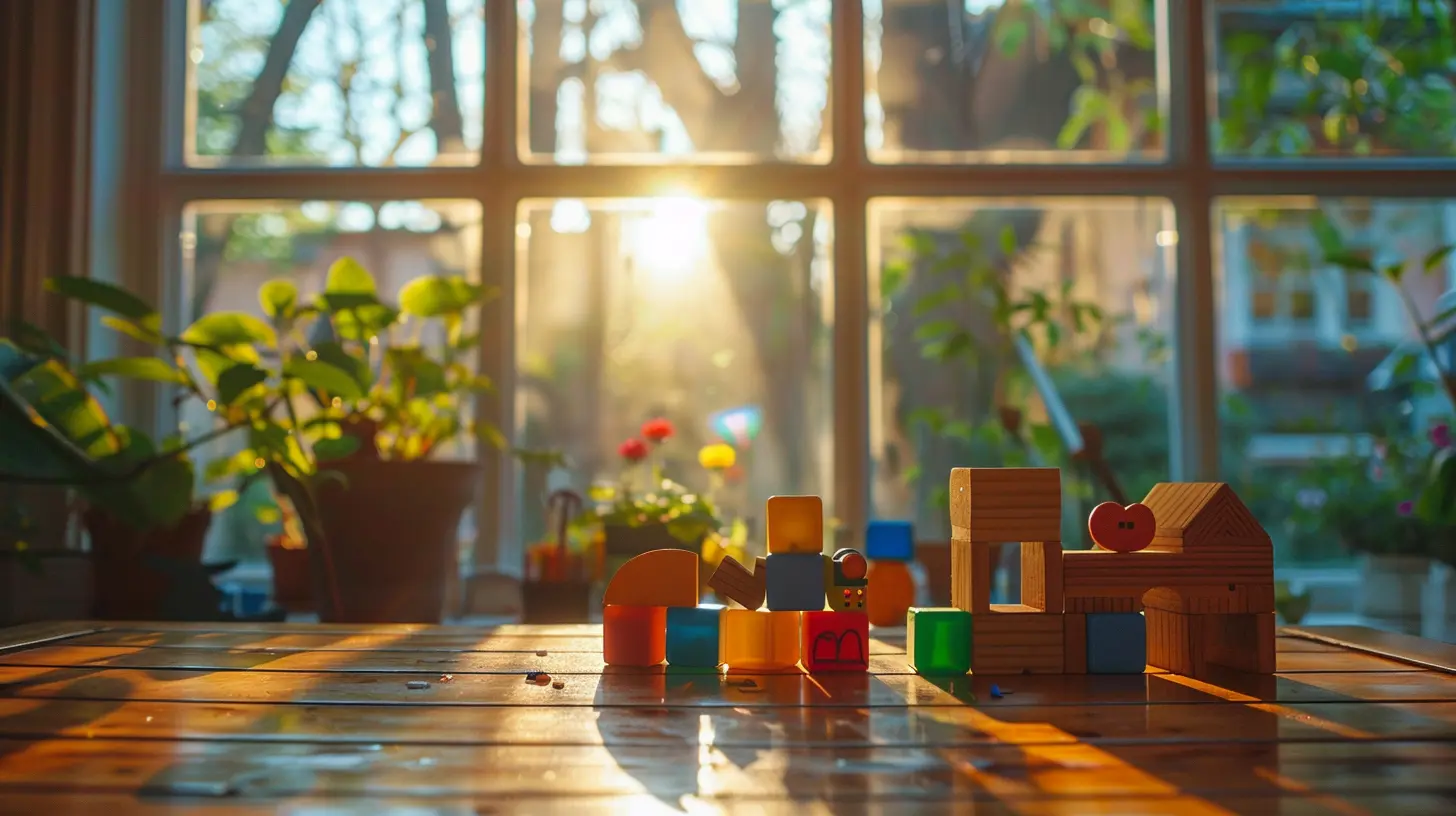
What is Open-Ended Play?
Open-ended play gives children the freedom to create, explore, and invent on their own terms, using toys or objects that have no predefined purpose or outcome. Think of it as a blank canvas, where your child's imagination is the paintbrush.Unlike structured play, where there are rules or set goals (like completing a puzzle or defeating a video game level), open-ended play has no right or wrong way to play. The possibilities are limitless, allowing children to make their own decisions about how they want to interact with their toys, and even what those toys become.
For example, a set of wooden blocks can be a castle one day, a race track the next, or maybe even a spaceship headed for the moon. The blocks aren’t telling your child what to do—they’re just waiting to be transformed. That’s the magic.
Examples of Open-Ended Play
To paint a clearer picture, here are some common toys or materials used for open-ended play:- Building Blocks: Wooden, LEGO, magnetic tiles—it doesn't matter! Kids can build endless designs and scenarios.
- Dolls or Action Figures: These can be anyone or anything. Whether it's a superhero rescuing a city or a family eating dinner, the storyline is constantly evolving.
- Play Dough or Clay: A ball of dough can be a pizza, a fish, or an alien from outer space.
- Art Supplies: Crayons, markers, paint—when there’s no instruction to follow, creativity takes the lead.
- Loose Parts: Random household objects like pebbles, buttons, sticks, and bottle caps can be transformed into treasure, food, decorations, or even entire kingdoms.
- Cardboard Boxes: The ultimate universal toy, a simple box can be a fort, a rocket ship, a car, or a puppet theatre.
See where I’m going with this? The child drives the narrative, and there’s no limit to what can happen.
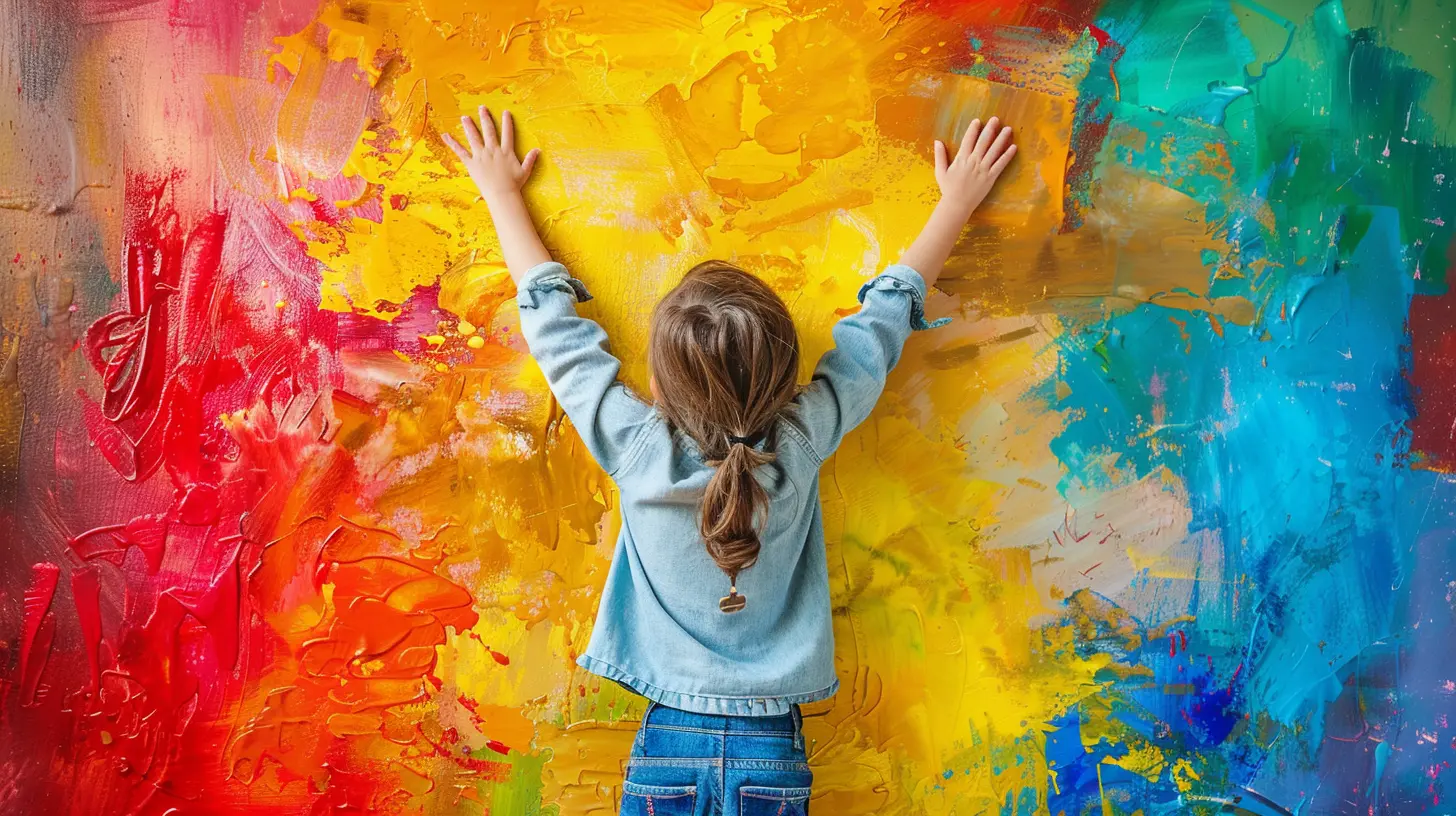
The Benefits of Open-Ended Play
Now, you might be wondering, “Sure, this sounds fun, but what does it actually do for my kid?” Great question! Open-ended play offers a range of benefits that help children develop skills essential for their growth and future life.1. Boosts Creativity and Imagination
We've already covered this a bit, but it bears repeating: open-ended play helps children flex their creative muscles. When they have the autonomy to decide how they want to play, they’re constantly coming up with new ideas and ways to use their toys or materials. This free-flowing creativity isn't just fun—it’s a valuable life skill. From problem-solving to thinking outside the box, these are skills that translate into adulthood.2. Encourages Problem-Solving
In open-ended play, there are no rules or instructions to follow. That means kids are faced with mini-challenges all the time—how do I build a taller tower? What if the spaceship doesn't fit inside the hanger? They are encouraged to think critically and come up with solutions on their own. This kind of problem-solving isn’t just about finding answers—it's also about learning persistence and resilience.3. Fosters Emotional Intelligence
Through pretend play, children get to “try on” different roles or scenarios. By becoming different characters or inventing stories, they experiment with emotions, perspectives, and social interactions. Ever seen a child pretend to comfort a doll or negotiate who gets to drive the imaginary car first? They’re fine-tuning their empathy and emotional understanding.4. Enhances Physical Development
Open-ended play often involves tactile activities, such as building blocks, molding clay, or drawing. These kinds of activities help develop fine motor skills and hand-eye coordination. Even outdoor open-ended play, like digging in the dirt or constructing a makeshift fort, contributes to physical fitness and gross motor development.5. Supports Independence and Confidence
Because open-ended play is child-led, it encourages independence. Your child is making decisions autonomously, which helps build confidence in their ability to direct themselves and their playtime. The sense of control this fosters can also boost self-esteem, as kids feel more capable and proud of their creations.6. Nurtures Adaptability and Cognitive Flexibility
In life, things don’t always go as planned, and open-ended play teaches children to adapt. When their building tower collapses or their story doesn’t unfold as they hoped, they learn how to adjust and try again. Flexibility like this is a vital skill for navigating the ups and downs of everyday life.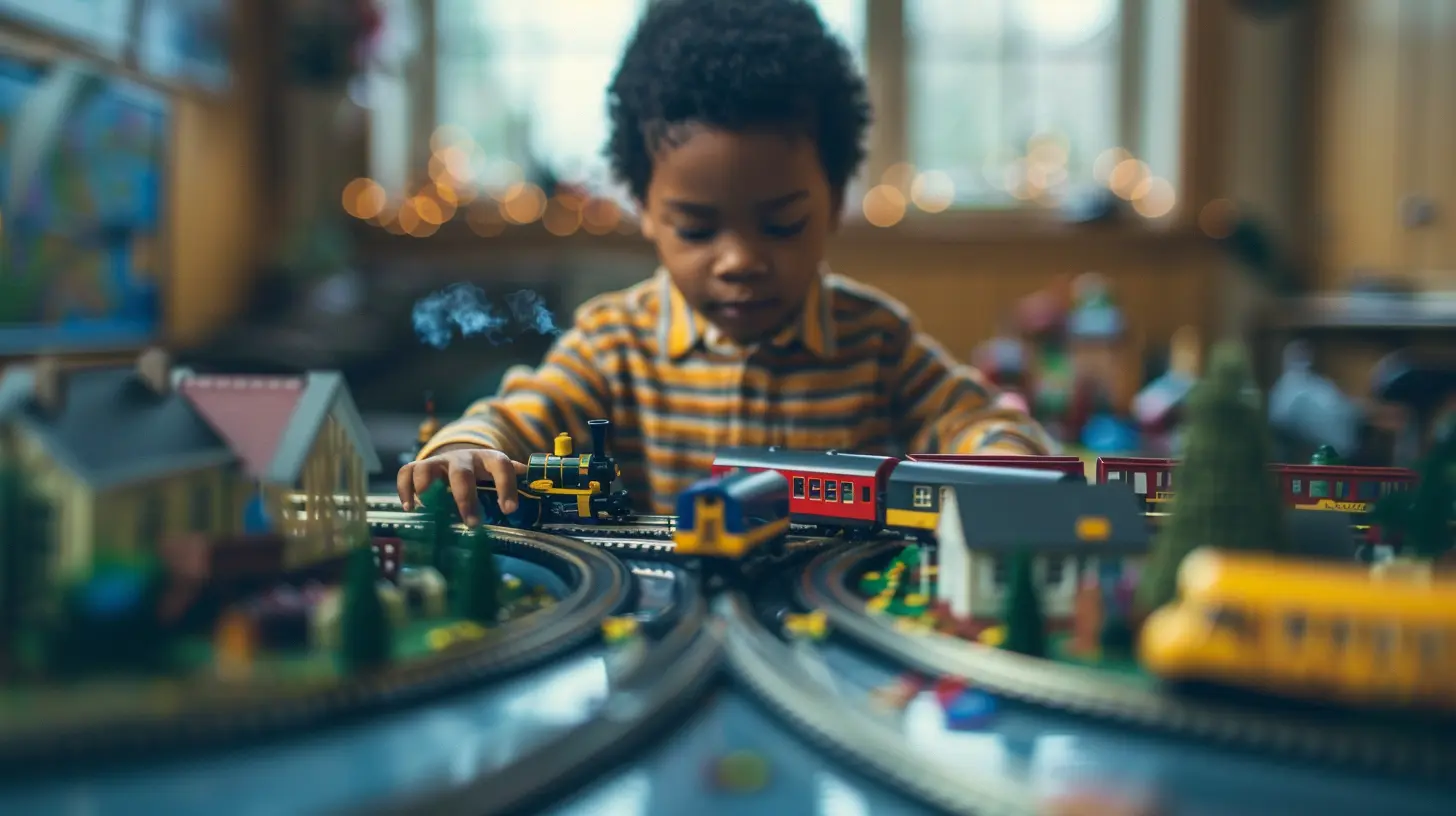
Creating a Space for Open-Ended Play at Home
So, how do you embrace open-ended play in your home? The good news is, you don’t need a ton of fancy toys, a big budget, or a dedicated playroom. Open-ended play is all about using what you’ve got in creative ways. Here’s how to start:1. Simplify the Toy Collection
It might seem counterintuitive, but less really is more when it comes to open-ended play. Rather than a room full of hyper-specific toys (you know, the ones that only do one thing), aim for fewer items that can inspire a wide range of activities. Think building blocks, magnetic tiles, art supplies, fabric, and loose parts.2. Designate a Play Area
Kids need space where they can spread out and truly engage in their play. It doesn’t have to be fancy—just a corner of the living room or a small nook where they can leave their toys out without having to clean everything up mid-play. If you're tight on space, a simple playmat or rug can work wonders.3. Incorporate Nature
One of the easiest ways to introduce open-ended play is by going outside. Leaves, stones, sticks, and dirt are nature’s loose parts, and they hold endless possibilities. You don’t need to live next to a forest—your backyard or a local park will do just fine. Encourage your kids to build, collect, and explore.4. Rotate Toys
If your child has lots of toys but seems uninterested in them, try rotating them. Offer just a few open-ended toys at a time, and pack away others for a while. When you rotate them back in, they’ll feel brand-new again, sparking fresh interest and creativity.5. Embrace the Mess
Let’s be honest: open-ended play can get a bit messy. But mess often signifies that imaginative work is being done! Try not to interrupt their process, and instead, embrace the fact that a little chaos allows for big creativity. You can always tidy up later—plus, teaching your kids to help with cleanup can be a great learning moment.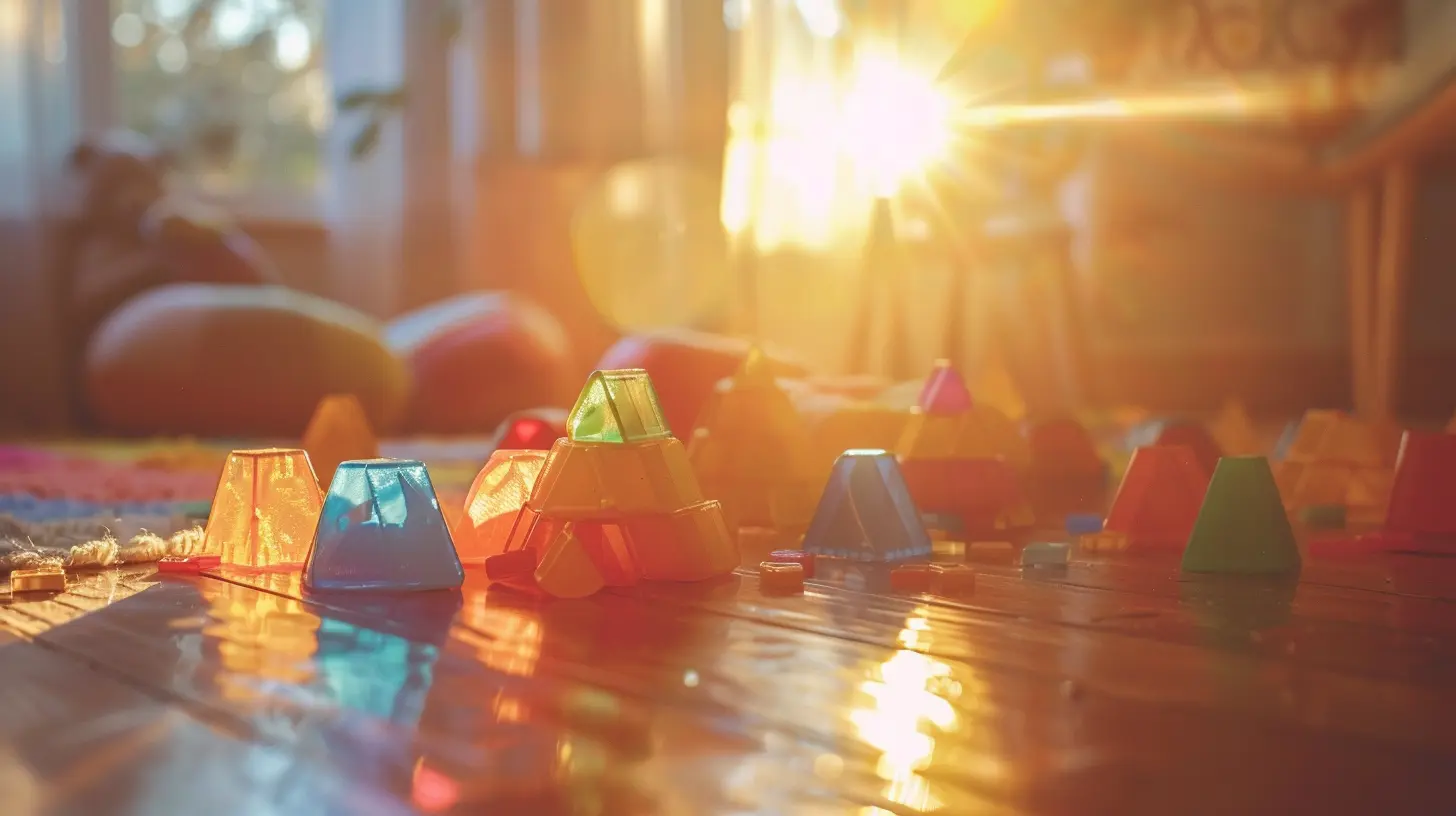
Encouraging Open-Ended Play Without Intervening
As parents, we sometimes feel the urge to “help” our children play, especially when they seem unsure of where to start. But here’s the thing: one of the key aspects of open-ended play is giving children the freedom to figure it out for themselves. While it’s okay to suggest ideas or show them how to use certain materials, try not to take over.Instead, ask open-ended questions like:
- “What are you building?”
- “What do you think will happen if you add this?”
- “What story are you creating?”
These kinds of prompts encourage children to think critically and use their imagination without feeling like there’s a right or wrong answer.
Final Thoughts: The Power of Simple Play
Unlocking creativity through open-ended play isn't complicated. It’s as simple as providing children with the time, space, and materials they need to let their imaginations soar. Whether it's building, storytelling, or creating new worlds, children thrive in environments where they’re free to explore endless possibilities.So, the next time your child says, “I’m bored,” remember—boredom can be the greatest gift of all. It’s in these moments of unstructured time where creativity is born, and with the help of open-ended play, your child’s mind can flourish in ways you never thought possible.
Go ahead, grab those building blocks, hand them a cardboard box, or simply let them loose in the backyard. You might just be amazed at what they come up with.
all images in this post were generated using AI tools
Category:
Encouraging CreativityAuthor:

Noah Sawyer
Discussion
rate this article
11 comments
Thane Hardy
Thank you for this insightful article! Embracing open-ended play has truly transformed our home atmosphere, fostering creativity and deeper connections between my child and me. Grateful!
March 11, 2025 at 4:01 AM

Noah Sawyer
Thank you for your kind words! I'm thrilled to hear how open-ended play has positively impacted your home and strengthened your bond with your child. Happy playing!
Giselle Bowman
Encouraging open-ended play at home nurtures creativity and problem-solving skills in children. Simple materials like blocks or art supplies allow limitless exploration and imaginative thinking. Embrace the mess!
March 6, 2025 at 4:08 AM

Noah Sawyer
Absolutely! Open-ended play is essential for fostering creativity and problem-solving in children. Embracing messiness leads to endless exploration and inventive thinking. Thank you for highlighting this important aspect!
Rusty McQuillan
Thank you for sharing these insights! Open-ended play truly fosters creativity and imagination. I can't wait to try these ideas at home!
March 2, 2025 at 3:54 AM

Noah Sawyer
Thank you for your kind words! I'm excited for you to try these ideas—open-ended play can be a game-changer for creativity. Enjoy!
Camille McLanahan
Embrace the magic of open-ended play! It fosters imagination and problem-solving skills in your kids. Let their creativity shine—it's the best gift for their growth!
February 28, 2025 at 3:59 PM

Noah Sawyer
Thank you for highlighting the importance of open-ended play! It truly nurtures imagination and critical thinking skills in children. Let's encourage their creativity!
Aaron Wade
Have you ever watched your child transform a simple box into a spaceship? Open-ended play is a portal to endless possibilities, where imagination knows no bounds. Dive deeper into this mysterious realm and discover how it shapes young minds.
February 28, 2025 at 3:22 AM

Noah Sawyer
Absolutely! Watching a child turn a simple box into a spaceship beautifully illustrates the power of open-ended play. It fosters creativity, problem-solving, and cognitive development, unlocking the limitless potential of their imagination.
Craig Pope
Why did the crayon and the sock puppet start a band? Because open-ended play turns ordinary objects into extraordinary adventures! Unleash the imagination!
February 25, 2025 at 3:57 PM

Noah Sawyer
Absolutely! Open-ended play truly transforms everyday items into limitless sources of creativity and adventure. Let's inspire imaginative exploration at home!
Soryn McFadden
Thank you for this insightful article! I appreciate the emphasis on open-ended play—it's a wonderful reminder of how simple activities can spark creativity and joy in our children.
February 20, 2025 at 5:34 PM

Noah Sawyer
Thank you for your kind words! I'm so glad you found the article helpful and engaging. Open-ended play truly is a key to nurturing creativity in our children!
Yolanda Hunter
Open-ended play fosters imagination, but balance is key; structure can also enhance creativity.
February 18, 2025 at 4:08 PM

Noah Sawyer
Thank you for your insight! I completely agree that a balance of open-ended play and structured activities can create a rich environment for creativity to flourish.
Peyton McVicker
Open-ended play fosters imagination and problem-solving skills, essential for children's creative development.
February 14, 2025 at 3:43 PM

Noah Sawyer
Absolutely! Open-ended play is crucial for nurturing creativity, as it allows children to explore, experiment, and develop their problem-solving abilities in a dynamic, engaging way.
Trinity Cole
Open-ended play? More like open-ended chaos! Nothing says creativity like a toddler covered in glitter, paint, and a new, completely unidentifiable 'art project'!
February 13, 2025 at 3:49 AM

Noah Sawyer
Absolutely! That chaos is a beautiful part of the creative process. Embracing messiness fosters imagination and unique self-expression in children.
Rex McCall
Open-ended play is like giving your kids a blank canvas and a bucket of random kitchen gadgets! Just wait for the day when spaghetti becomes a sculpture, and your living room resembles an art gallery mixed with a tornado. Embrace the chaos—it's way more fun than a Pinterest-perfect playroom!
February 11, 2025 at 4:13 AM

Noah Sawyer
Absolutely! Embracing the chaos of open-ended play not only sparks creativity but also lets kids express themselves in unique ways. It's all about the journey, not just the outcome!
MORE POSTS

Understanding Your Partner’s Needs as a Working Co-Parent
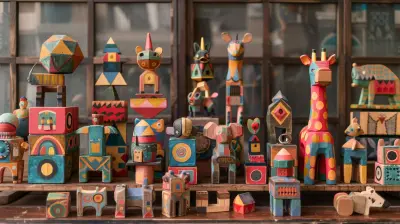
From Building Blocks to Masterpieces: The Role of Toys in Creative Development

Co-Parenting with a Career: How to Support Your Partner as a Working Dad

Establishing Boundaries for Mealtime and Food Battles

Teaching ‘Personal Space’: Why Physical Boundaries Are Important

Finding Compassion for Yourself Amid Parenting Struggles

How to Encourage Risk-Taking and Adventure in a Safe Manner

Boundaries in Public: Teaching Children How to Behave in Social Settings